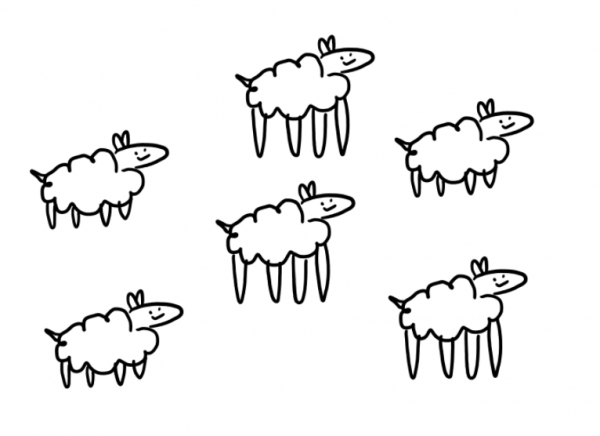Prelim Biology: What is ‘Evolution’?
8 Mins Read
Written by Simon Tang
Key Points Summary
- Evolution describes how populations of the same species change over time.
- In a large, diverse, reproducing population, a selective pressure, like a new predator, will be introduced.
- Because of the variation in the population, some organisms will survive better than others against this new selective pressure.
- The ones that can’t survive as well will die, while the others will survive and be able to pass on their genetic material to their offspring.
- The next generation of the species will overall look more like the survivors than the organisms that died. Over many generations, this can cause a more drastic change, or even new species to arise.
Content
Introduction
The theory of evolution remains one of the most well-known concepts in biology of all time. However, defining what it exactly is can be tricky. When people hear it, images of chimpanzees turning into humans might come to mind, or maybe for avid Pokémon fans, a Magikarp to a Gyarados!
With all of this in mind, what exactly is evolution?
Evolution in a Nutshell
The theory of evolution (or the theory of natural selection) is basically how populations of a species change over many generations. It can be as small as a sheep species becoming more woolly, or as drastic as a completely new species of sheep being formed from the original sheep species. Unlike Pokémon evolution, this process does not happen within the lifetime of an organism, but rather it is through changes in the frequency of certain traits in the children of a population.
The best way to illustrate how it works is through an example. Take this population of sheep living in a field. Some have long legs, and some have short legs.
Imagine that one day, there was a group of wolves that migrated to the field. Naturally, the wolf would want to eat the sheep! However, because some of these sheep have longer legs than other sheep, they were able to run faster than the wolf and escape. The sheep with the shorter legs would, unfortunately, be caught by the wolf.
The remaining sheep that can run away from the wolves will be able to survive. Thus, they would be able to live long enough to have kids, and those kids are going to naturally look like their parents.
Now if you compare the new generation (the baby sheep) to the original parent generation, there is a noticeable difference…
The offspring population has more sheep with long legs than the parent population! Thus, as we can observe a change in the population between generations, evolution has occurred. A summary of the process with the sheep example can be found below:
Extension: Requirements of the Population
Now while the above process encapsulates the essence of natural selection, this can’t happen with every single group of organisms. There are a few requirements, which are outlined below.
- There needs to be enough individuals in the population to continue the species.
Remember that the whole point of evolution is to look at the change in population over many generations. Going back to the sheep example, if the whole population was initially wiped out by the wolves, then there will be no offspring, and thus no evolution.
2. There needs to be variation in the population that is inheritable.
Variation means having differences between organisms of the same species. This is like you having different coloured hair from your friend, or in our example, some sheep having long and short legs.
What would happen if species had no variation? Imagine all our sheep were exact clones of each other and had short legs. No matter what, the wolves would be able to eat all the sheep, because none of them have a better chance of surviving over the other, and thus evolution would not occur.
Now imagine they all had long legs. They would all be able to run away from the wolves, but their offspring would also be exactly the same. Yes, the species will survive, but no change would have occurred between populations, so no evolution there either.
We can thus amend the table provided before to include these prerequisites:
Conclusion
That’s basically everything about evolution in a quick summary! The core points to take from this are that evolution is the change in populations (not individuals), and that it is a gradual process that happens over many generations.
Want to learn more about evolution and the science of life? Come book a free trial with us!














